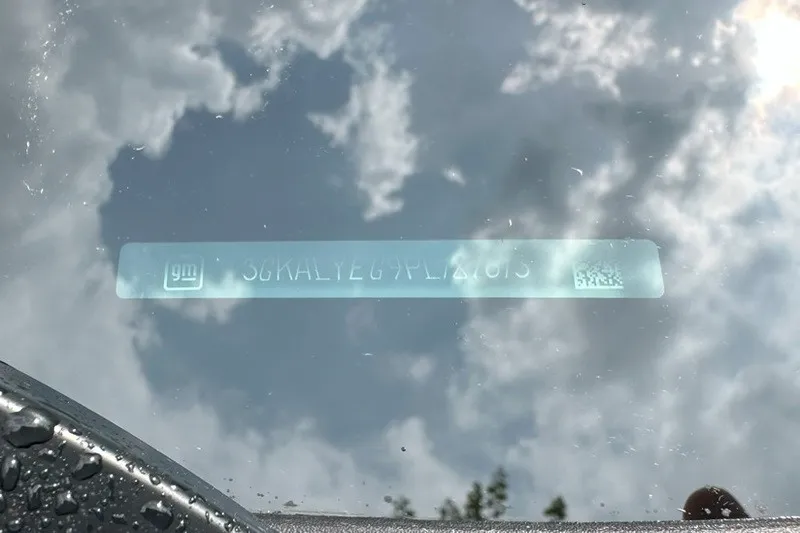What is the VIN number and how to decode it
July 01, 2023A Vehicle Identification Number (VIN) is assigned to a vehicle when it is scheduled for production, so it is generated even before the vehicle is being produced. The VIN reveals most of the vehicle's configuration, including details about the brakes, engine, and transmission that will be installed at the factory. While some VIN numbers can be decoded by the public, others are known only to the manufacturer. For example, the brakes of a vehicle can be determined by contacting the manufacturer's dealership and providing them with the VIN number.
How can I decode a VIN number?
By understanding the meaning behind each character and number in the VIN, one can gather information such as the country of origin, manufacturer, vehicle type, brand, model year, assembly plant, and specific production number of the vehicle. This information is useful for identification, registration, and identifying part numbers for different components. Here is how you can extract information from a VIN number:
- The initial character indicates the country where the vehicle was manufactured, revealing its origin.
- The second character identifies the manufacturer.
- The third character indicates the vehicle type or division.
- The fourth to eighth characters provide details about the vehicle's brand, body style, engine size and type, model, and series.
- The ninth character serves as a security code that validates the authenticity of the Vehicle Identification Number (VIN) authorized by the manufacturer.
- The tenth character represents the car's model year.
- The eleventh number indicates the assembly plant where the car was produced.
- The last six digits represent the unique vehicle production number, serving as its serial number.
Should I be concerned about exposing my VIN number, or should I hide it?
The VIN number provides comprehensive information about the vehicle, so it is valid to be concerned about its exposure. However, the short answer is no, and there are two main reasons for this. Firstly, partial information about the vehicle is often visible just by looking at it. For example, information such as trim level, engine size, and drive type is often displayed on the car itself. Some information may not be visible, but in many cases, knowing the engine size allows you to deduce other details such as brake size or suspension type by simply searching online. Secondly, knowing the license plate number can lead to finding the VIN number, as services like Carfax can provide this information.
How can I find my VIN number?
There are a few methods to find your VIN number:
- It is displayed on the dashboard on the driver's side, visible from the outside.
- It can be found on the driver's door.
- The ownership documents of the vehicle usually contain the VIN number.
- Proof of insurance often includes the VIN number as well.
And here is another common question: Why do some sellers ask for a VIN when buying auto parts, while others do not?
There are a couple of main reasons for this as well. Firstly, some car manufacturers use different parts depending on the engine size and drive type (RWD / AWD / FWD). For example, the Dodge Charger has vented rear rotors for engines with a size of 5.7 and above, or for AWD vehicles, while it uses solid rotors for other cases. In such situations, if the rest of the information is provided, the seller may not need the VIN number to determine the correct part. Secondly, certain cars like the VW Jetta may have variations in part sizes depending on when and where the vehicle was built, and the VIN number is the only reliable way to ascertain these specific details.


